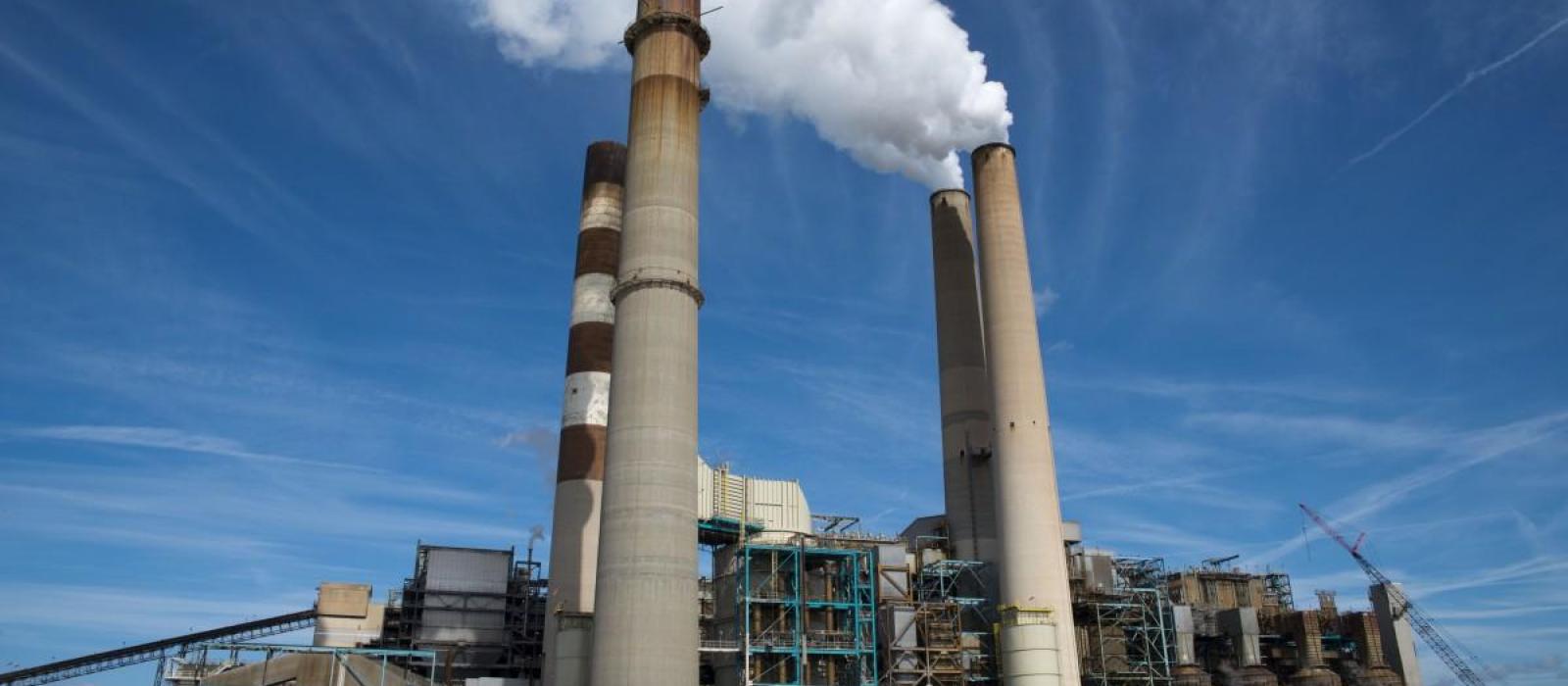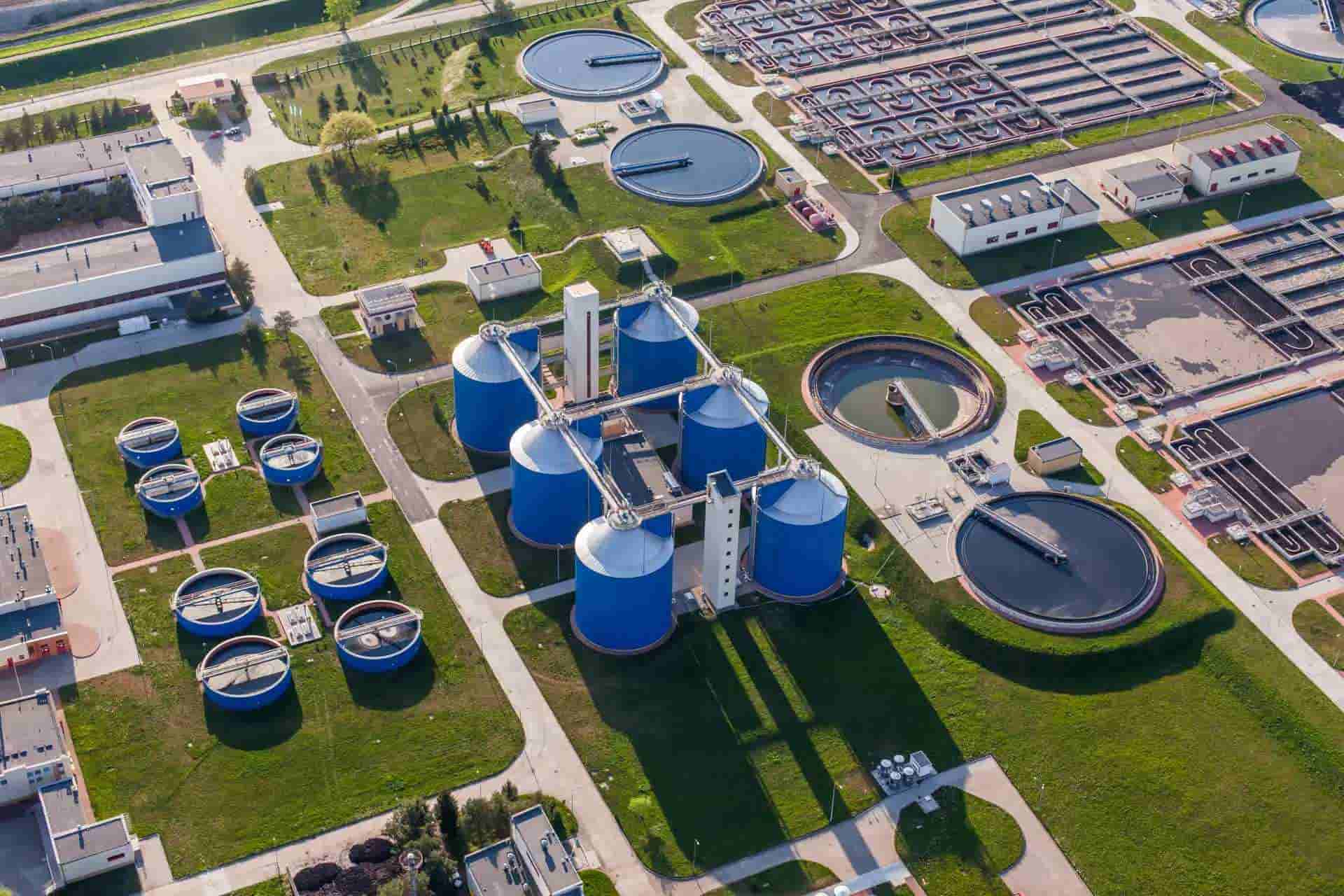A biogas peaking station is a facility that harnesses the power of biogas as an energy source during peak demand periods. Biogas is a renewable energy resource produced through the breakdown of organic matter, such as agricultural waste, food waste, and sewage. This eco-friendly fuel contains methane, a potent greenhouse gas, which is captured and utilized to generate electricity and heat.
Harnessing Sustainable Energy
By establishing biogas peaking stations, we are not only tapping into a sustainable energy source but also effectively managing the intermittency of renewable energy generation. These stations act as backup power providers, supplementing the grid during times of high demand, such as evenings or extreme weather conditions.
How Biogas Peaking Stations Work
Biogas Production
The process begins with the collection of organic waste materials, which are then broken down through anaerobic digestion. Microorganisms in an oxygen-free environment convert the waste into biogas, consisting primarily of methane and carbon dioxide.
Biogas Purification
The captured biogas undergoes purification to remove impurities, such as moisture, hydrogen sulfide, and other contaminants. This ensures the gas meets the required specifications for efficient combustion.
Power Generation
The purified biogas is directed to a peaking station, where it is combusted in a gas turbine or engine to generate electricity. The energy produced can be directly fed into the grid, providing an immediate and reliable power supply during peak demand periods.
Reliable and Efficient Power Generation
Biogas peaking stations play a vital role in ensuring a stable and uninterrupted power supply. These stations are strategically located to provide immediate response during periods of high energy demand. By utilizing biogas as a fuel source, these facilities offer a sustainable and reliable solution to meet the electricity needs of communities and industries.
Flexibility and Grid Support
One of the key advantages of biogas peaking stations is their ability to support the existing power grid infrastructure. During times of peak electricity demand, these stations can rapidly ramp up their power generation capacity, effectively balancing the supply and demand equation. This flexibility ensures that electricity grids remain stable and resilient, reducing the risk of blackouts or power disruptions.
Integration with Renewable Energy Sources
Biogas peaking stations serve as an important complement to intermittent renewable energy sources, such as solar and wind power. While these renewable sources are highly dependent on weather conditions, biogas peaking stations can quickly respond to fluctuations in energy production. This integration allows for a smoother transition from traditional fossil fuel-based power generation to a cleaner and more sustainable energy mix.
Mitigating Greenhouse Gas Emissions
The use of biogas in peaking stations contributes to mitigating greenhouse gas emissions. By capturing methane, a potent greenhouse gas, from organic waste, biogas production prevents its release into the atmosphere. This process not only helps combat climate change but also reduces odors and air pollutants associated with organic waste decomposition.
Local Economic Benefits
Biogas peaking stations have the potential to stimulate local economies. The construction and operation of these facilities create job opportunities, both in the installation and maintenance of equipment, as well as in the waste collection and transportation sectors. Moreover, utilizing locally available organic waste materials promotes regional waste management and reduces the reliance on imported fossil fuels.









